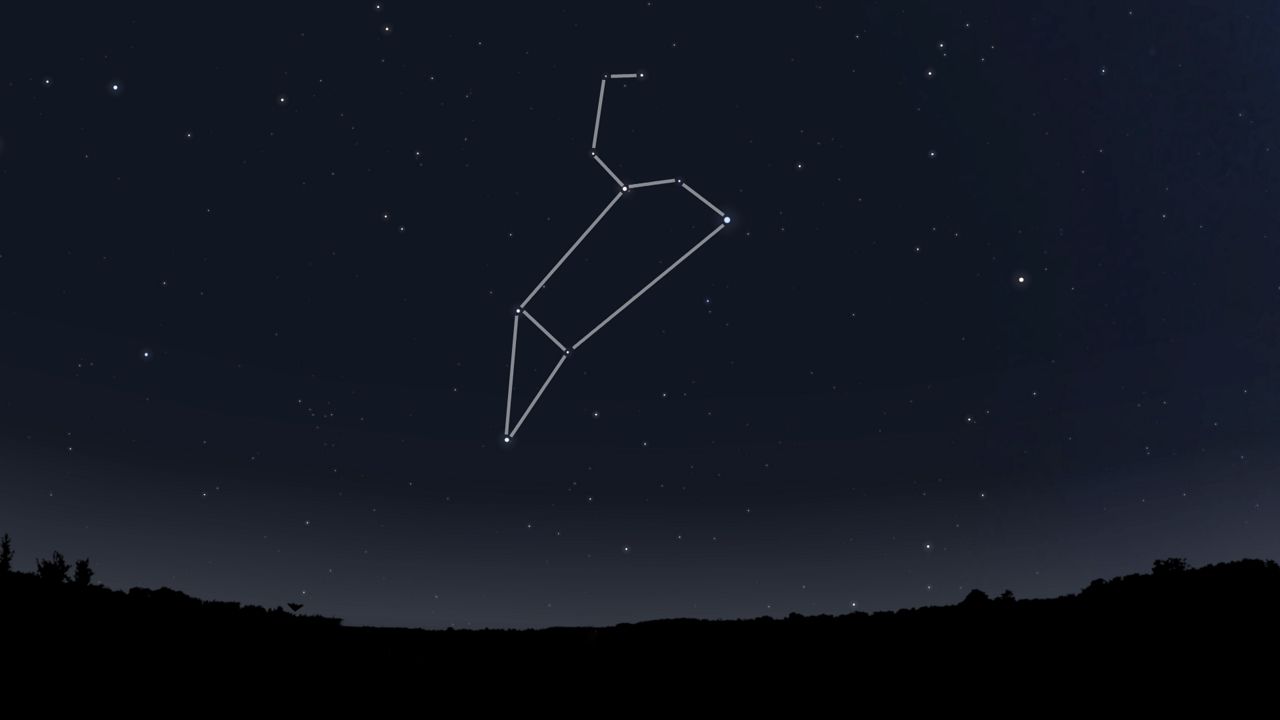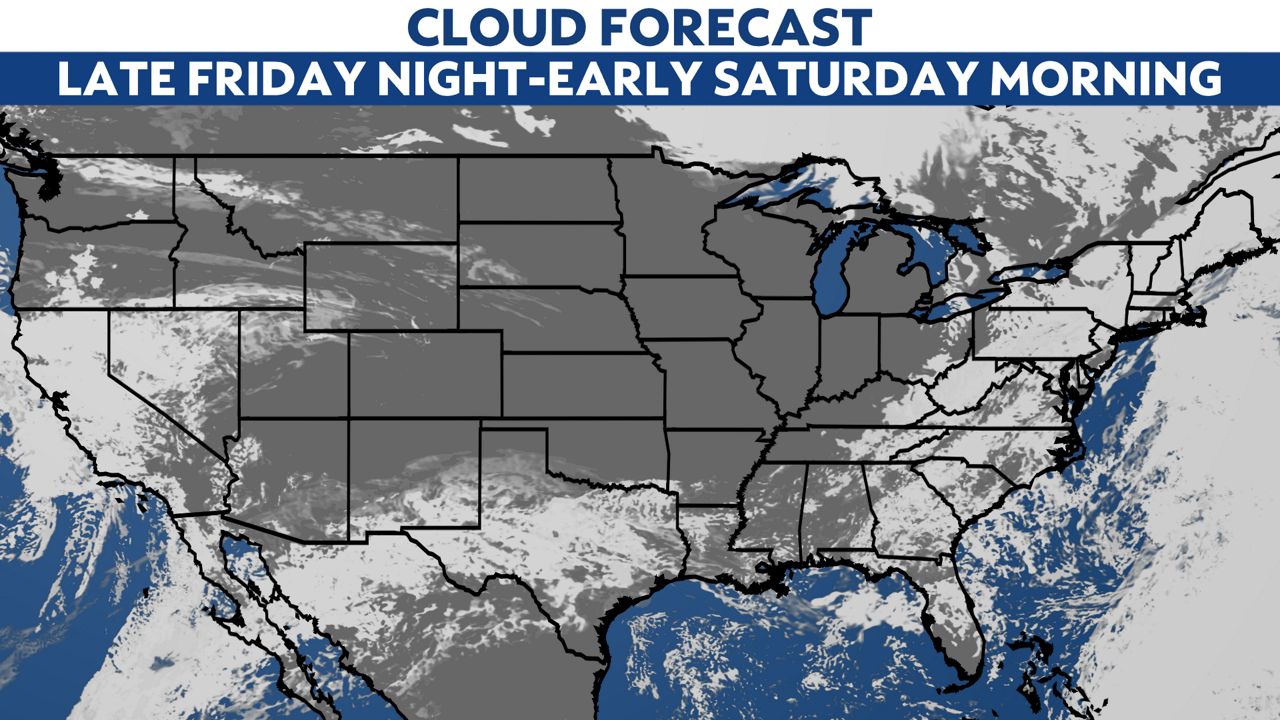The Leonid meteor shower peaks as we go into the weekend, although you’ll need to practice patience if you want to spot any shooting stars.
Under ideal conditions, viewers can see up to 15 meteors per hour. The crescent moon sets in the late evening, so we won’t have bright moonlight washing out the sky.
The radiant, which is the point of the sky where the meteors appear to originate from, rises around midnight in the east-northeast. It’ll continue rising higher in the eastern sky through sunrise. You don’t need to look at the radiant (the constellation Leo), but your chances of spotting a meteor streaking across the sky are better are better when the radiant is high.

If you try your luck at seeing some shooting stars, check the forecast first. Of course, you don’t want clouds, but you also want to dress for the temperatures. Lay back, let your eyes adjust to the darkness for at least 15 minutes and don’t look at your phone.

Meteors during this shower can pass quickly, moving at nearly 160,000 mph. They’re also known for their bright and sometimes even colorful appearance.
Most of the time, Earth’s passage through the dusty debris of Comet Tempel-Tuttle is fairly quiet. But about every 33 years–the time it takes for the comet to fully orbit the sun–the Leonids can become a meteor storm with over 1,000 meteors per hour.
During a 15-minute window in 1966, the thousands of meteors per minute fell through the atmosphere, according to NASA. The last Leonid meteor storm was in 2002, although it wasn’t as active as in 1966.
Even though we’re nearing the end of the year, we still have more celestial sights ahead, including the more active Geminid meteor shower.
Our team of meteorologists dives deep into the science of weather and breaks down timely weather data and information. To view more weather and climate stories, check out our weather blogs section.



